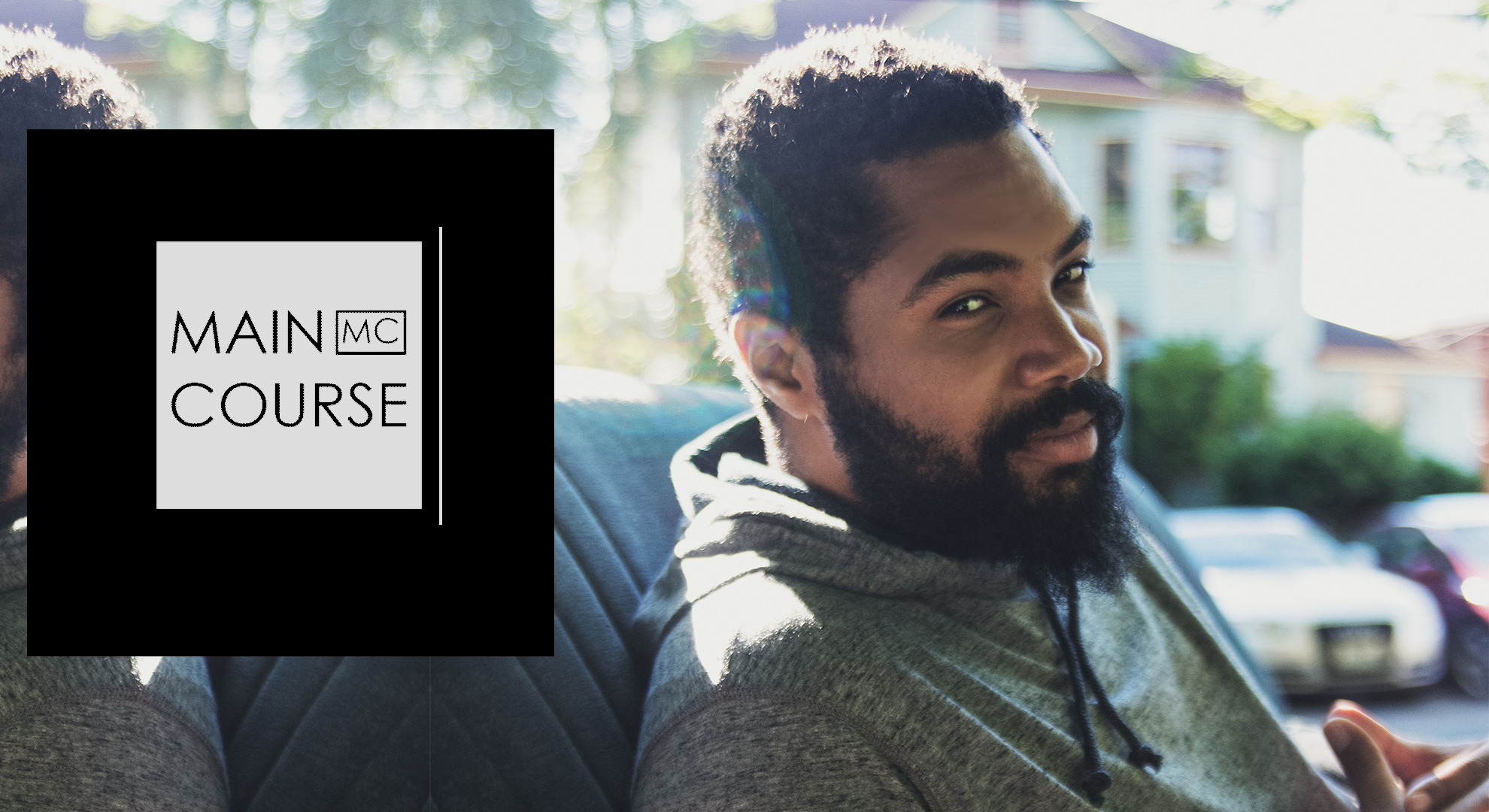by Dariel Figueroa
Tommy Oliver is a great many things. Producer. Writer. Director. Cinematographer. Survivor. And, on this day, it is once again hard to get him on the phone. This is the third time trying to conduct an interview with the talented writer-director of 1982. Our previous meeting had imploded when I had called him as he was awaiting a flight out of California and he had no cell reception. But, this time, he calls and finally I can ask him all the questions I have about 1982, the debut feature film based on his turbulent childhood.
I wasn’t sure what to expect with Oliver. Judging by the subject matter of his semi-autobiographical film, it was possible I would be having a conversation with the “vitriolic-artist,” the kind so infused with rage that it took some sort of great work of passion to dispel and ventilate the volcanoes of venom churning inside his being. Teeth would certainly thrash their way through my phone’s receiver to gnaw at any part of my face available should an errant question careen his way. Instead, his calm, tempered voice cracks the anticipated air. “I was a kid that grew up with a crack-addicted mother.”
1982 tells the story of a family of three that begins to crumble under the weight of a mother’s relapse into the world of drug addiction. It largely centers on her husband, who, while trying to take care of their daughter, sets out to find his wife as she bounces through the Philadelphia streets searching for her next fix. It’s a situation so close to Oliver’s heart—he both wrote and produced the film—that he knew no one else could direct but him.
“As a producer, I’m not a micromanager. But, if I had brought someone on [to direct], because of the nature of the script being derived from my childhood, I would have smothered whomever I had brought on. So, it was out of necessity.”
Immediately, a sense grew within me that this was not a damaged man like so many other children of addicts. This was an intelligent, introspective, and highly thoughtful man; one who had traversed through a tunnel of sharp jagged things to find a light on the other side. In fact, it was this strength that urged him to even shoot in his childhood Philadelphia home where the production would be harder to manage.
“Putting this film together was incredibly difficult. I was given a deal to go to Canada to shoot this, and without any guarantee at all that I could find money anywhere else, I turned it down. Philly is such a character and there is no replicating that or faking that. I wanted it to feel authentic, plus the whole idea of giving back to Philly and my neighborhood specifically was a big part of how I wanted to go about it.”

The result is a film that is textured, baked, and bronzed in the ‘80s Philadelphia sun. Handheld cameras and an increasing sense of urgency and hopelessness ratchet up the tension as the disease of addiction chips away at this nuclear family. And then there is the fearsome drug dealer played with bravado by Wayne Brady. Yes, that Wayne Brady. Why him?
“Wayne,” Oliver laughs, “is so much more talented than people realize. He just wanted to be a part of it and I believed in his talent and I’m glad that I did. He was damn good.”
A crackle of sound comes from the phone and Oliver’s voice goes quite. The sounds of roads running by a car window can be heard. He’s driving. Are you still there? “Yeah,” he says, “just this GPS. Sorry.”
What about filming in the actual house in which your mother experienced her battles with drug addiction. Is that easy? How can someone confront the ghosts of pain still trapped in that Philadelphia row home?
“It wasn’t hard [to film there] for a couple of reasons. She was addicted when I was from the ages of three or four until ten. A lot of the difficult things I needed to deal with I dealt with prior to going back. Had I not done that, I would have never been able to make it through this film. That said, there was one time on set when I started crying.”
My respect for a man who is able to confront the phantoms of a pained childhood—through the lens of a camera no less—grows. Gone were the moments before when I had imagined bicuspids breaking through my phone. Oliver’s voice goes silent again. I chalk it up to his GPS. He comes back. “[Filming 1982] was completely worth it. My temporary discomfort was nothing if it could help somebody talk about [addiction] with someone else or help them to realize they are not alone. In that sense, it was easy.”
Oliver and I start to break away from talking about production woes, and acting, and camera techniques: we focus on meaning. Isn’t that what cinema is all about in the end? The feelings you derive? The connotations you take home with you and the discussions a film can force you to undertake?
“I did a small private screening in Philly partnering with the Department of Human Services,” he says. “There were kids from foster homes, and emergency shelters, and a number of other at-risk situations. Afterwards, we went down to one of the facilities and we had some of the most emotionally charged conversations I can remember having. The reason for that was, so many of the kids talked about how no one has ever seen their side. Every other movie has portrayed the glamorization of the drug use, or the drug dealer or the industry, and not shown what [they] went through.”

Indeed, 1982 truly shows the devastating effects that addiction can wreak through a familial structure, but Oliver does this in a naturalized way by not showing drug use on camera in the film. If you have known an addict, you know that you’ll rarely ever see them using in front of you. It’s quite the opposite of a film like Requiem for a Dream.
“A lot of it [addiction] came down to how I experienced it and how I remembered it,” he says. “To this day the idea drug use bothers the living hell out of me. I can’t watch people sticking needles in themselves. It’s something I didn’t want to see. The imagination is such a powerful thing. It is just as real, just as dynamic, just as visual as actually seeing something, if not more.”
And then I have to ask…what about your mother? What did she think of the film?
“My own mother did not understand what I went through until she saw this movie. It took some 20 years later for her to understand the implications of what she was doing. The hope is that people just understand a little bit more. Understanding will help addicts realize how difficult it is for their loved ones, even though they think they are only hurting themselves.”
Oliver is that rare person who has been able to not only break through a handicapped childhood, but who has used that experience for a greater good. And, just like a person with a GPS through the darkness, he has some directions for you.
“If you want to do something, if you want to have a career, make something. Don’t talk about it. People respond to people who get stuff done. No matter what it is. Get it done. Make the best of what you have and don’t wait for someone else to say yes.”


 Gaming7 years ago
Gaming7 years ago
 Music7 years ago
Music7 years ago
 Business7 years ago
Business7 years ago
 The Jawn7 years ago
The Jawn7 years ago
 The Jawn7 years ago
The Jawn7 years ago
 The MC7 years ago
The MC7 years ago
 Entertainment7 years ago
Entertainment7 years ago
 The Jawn7 years ago
The Jawn7 years ago





You must be logged in to post a comment Login